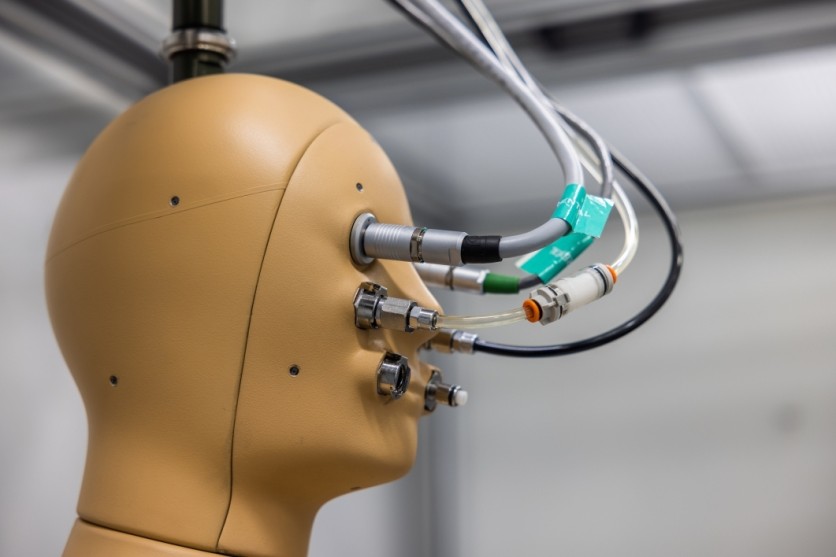Robots with human-like features or behaviors have been increasing in development. But this new "ANDI" robot from Arizona State University (ASU) can breathe, sweat, and walk in extreme heat conditions. The bot was made to learn more about how the human body responds to extreme weather conditions, particularly when it is hot.

ASU's ANDI is a Thermal Manikin Robot to Test Extreme Heat Conditions
Researchers from ASU have created the world's first indoor-outdoor breathing, sweating, and walking thermal manikin, called ANDI. It is a robot aimed to measure the effects of extreme heat on human health.
The robot was custom-made by the company Thermetrics for the ASU and is funded by an NSF Major Research Instrumentation Grant.
ANDI can mimic the thermal functions of the human body and reportedly has 35 different surface areas individually controlled with temperature sensors, heat flux sensors, and pores that bead sweat.
According to Interesting Engineering, ANDI was made to be the test subjects that researchers cannot invite real humans to participate in, particularly putting them in extreme heat conditions.
"You can't put humans in dangerous extreme heat situations and test what would happen," said Jenni Vanos, associate professor in the School of Sustainability, and Ariane Middel, assistant professor in the School of Arts, Media, and Engineering.
Read Also : Global Warming Intensifies with Greenhouse Gas Emissions at 'All-time High' - Study Finds
ANDI Robot Can Breathe, Sweat, and Walk to Replicate Humans
Konrad Rykaczewski, associate professor in the School for Engineering of Matter, Transport, and Energy and principal investigator for the project, said the robot does all thermally a human being does.
"ANDI sweats; he generates heat, shivers, walks and breathes," Rykaczewski said. "There's a lot of great work out there for extreme heat, but there's also a lot missing. We're trying to develop a very good understanding (of how heat impacts the human body) so we can quantitatively design things to address it."
Researchers noted that ANDI would be paired with MaRTy, ASU's biometeorological heat robot, this summer and will work together to understand human sweating mechanisms better, like changing skin temperature and core temperature, and identify how specific environments may enhance heat risk.
Global Warming is Real And We Need to Know More of It
The Earth has reached a point where people need to be more conscious of what they do, or else unprecedented destruction may befall everyone, ridding them of their home planet. In previous studies on global warming, experts from the Massachusetts Institute of Technology (MIT) and others have warned that humans may not survive climate catastrophe.
Many efforts have been made in the past and present to reduce greenhouse gas emissions and their destructive effects on the planet. One of the most significant is the carbon capture technology which many have been looking into to prevent carbon dioxide from further warming up the Earth.
While some preventive measures are already in place and developed by researchers, there is still much to study about the effects of extreme heat conditions on humans. Thus, ASU's researchers are using ANDI and MaRTy to understand heat stress better on the human body and what makes hot weather so deadly.

ⓒ 2025 TECHTIMES.com All rights reserved. Do not reproduce without permission.




